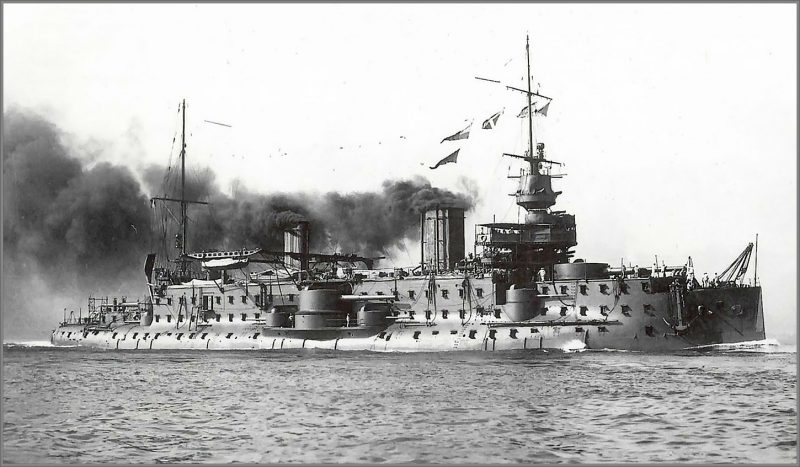The emergence of the Ironclads has always been hailed as a turning point in shipping and naval battles. Ironclad ships dramatically transformed naval warfare, heavily contributing to the shaping of the modern world.
During most of the 17th and 18th century, naval fleets had to rely heavily on two major types of warships: frigates and the ship of the line.
The invention and introduction of steam power propulsion in shipping radically transformed the earlier approach and set forth a motion of innovation which reshaped naval warships for good; initially, the paddle steamer in the warships kept them going starting in 1830 onwards.
However, the steam propulsion took some time before coming on board; and the invention of the screw propeller made it possible in the 1840s, and the rest is history.
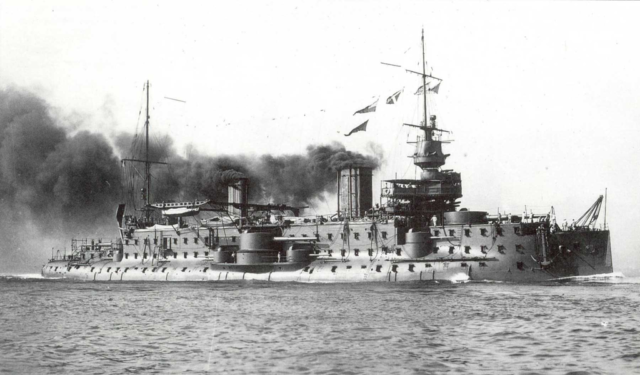
By the time the mid-1840s rolled in, a large number of steam-powered screw frigates had been built, and in a few years, the French Navy had decided to introduce steam power to its line of the fleet.
The move came in as part of Emperor Napoleon III’s great ambition to take over Europe by building the strongest naval fleet, one that could take the British Royal Navy head on at sea.
In the line of steam power manufacturing, the first purpose-built steam power battleship was called Napoleon. It had 90 guns and became functional in 1850.
Despite the fact that the ship was armed as a conventional battleship, however, her steam engines could propel her at a speed of 12 knots, even regardless of the wind strength or direction. This was considered a potentially decisive factor in naval engagements with the British.
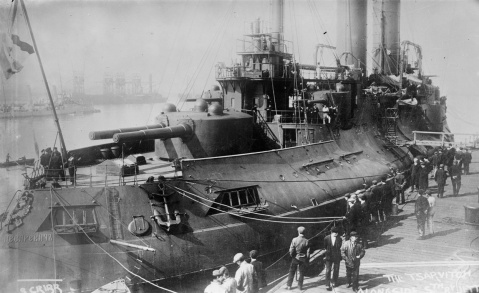
Despite the fact that French thought of their new innovation as permanently their advantage in a naval battle, soon the British were catching up and this started a fierce building competition between the two empires. After the Napoleon, the French had built eight other steam-powered battleships during the 1850s.
However, the United Kingdom soon caught up with the French and at one point had exceeded them in steam engine production.
By the end, the French had ten brand new wooden steam battleships and managed to convert 28 from traditional to steam powered, whereas Britain had built 18 new ships and converted 41 old ships to new steam powered engines.
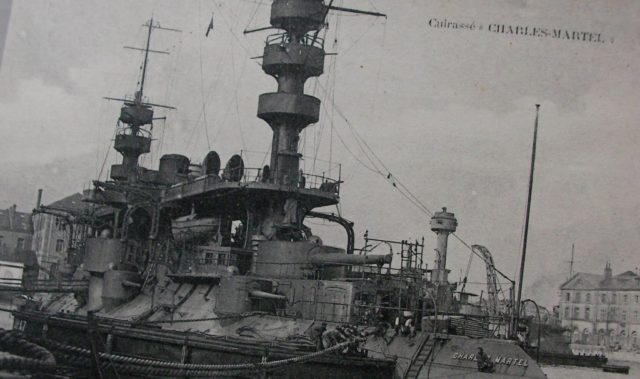
Wooden hulls on battleships were replaced by much more stable and stronger iron material in 1830s, and the first warship that was built with an iron hull was a gunboat named Nemesis constructed by Laird for the East India Company in the year 1839.
Soon after the first success, Laird also went on to build the first full-blown iron hull warship in 1842; the steam frigates Montezuma and Guadalupe for the Mexican Naval fleet.
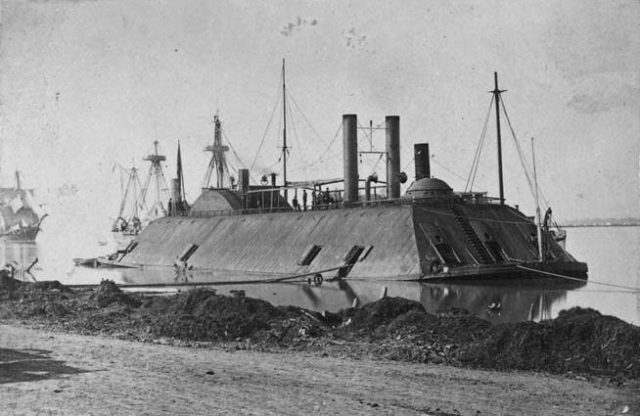
The thin iron sheets meant that the protection against fire and lethal splintering was adequate and much better the wooden exterior; however, it didn’t mean that these sheets could withstand heavy enemy gunfire. A plan was needed to counter this persistent problem.

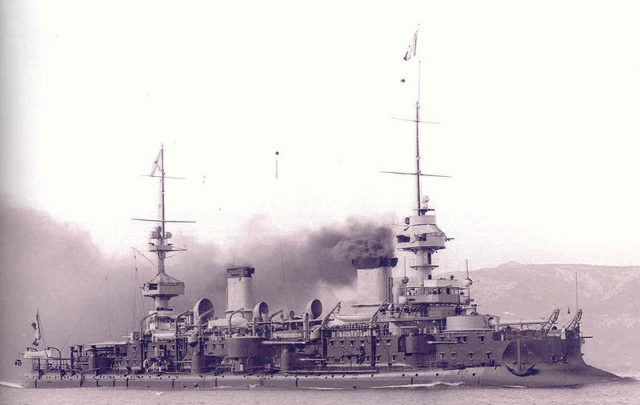
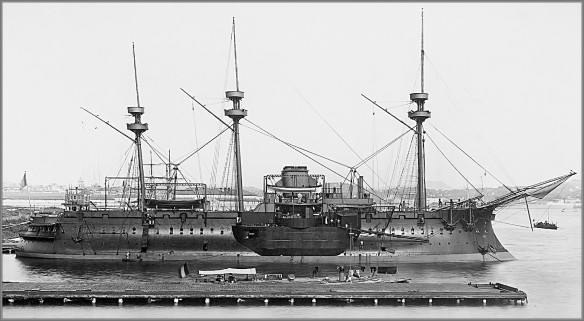
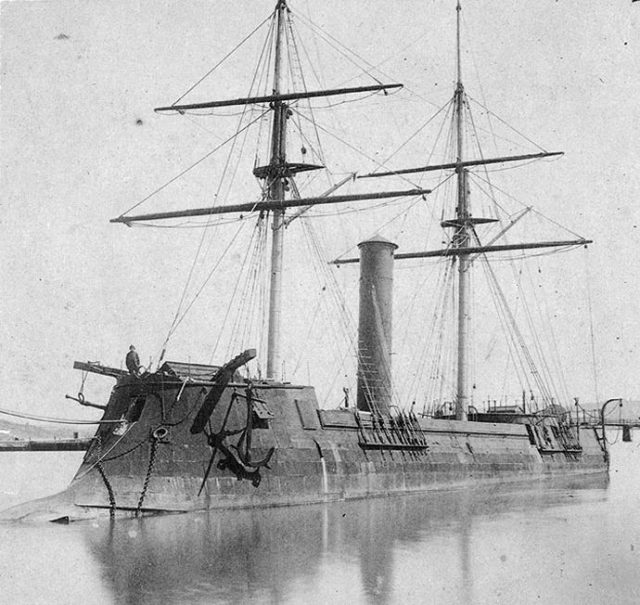
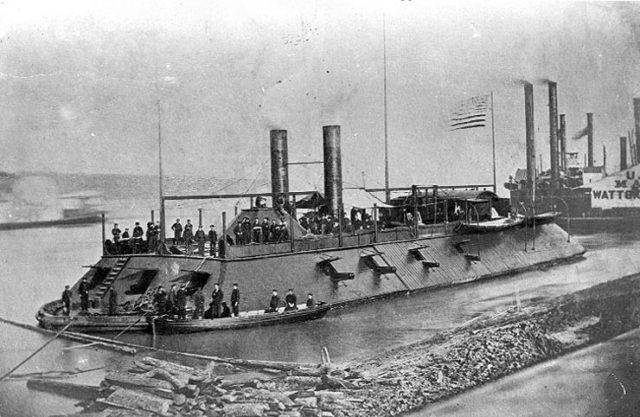
After the Battle of Sinope, Emperor Napoleon III had fully realized the explosive power of shells against ships with wooden exteriors, and fearing the same fate against Russians in the Crimean War, the Emperor commissioned the construction of light floating batteries. These batteries had incredible firepower and were protected by heavy iron armor.
All through 1854, various experiments took place and after satisfactory results the French communicated the results to the British that a solution of vulnerable ships had been found and tested.
